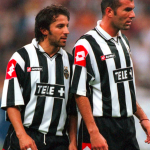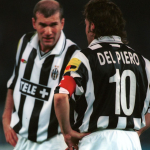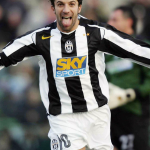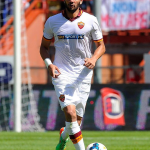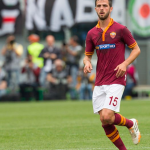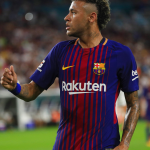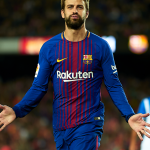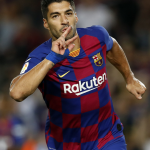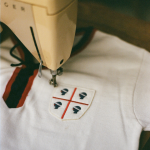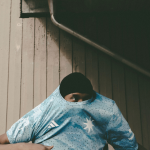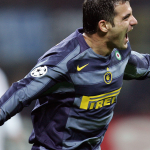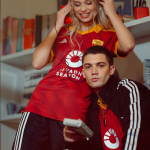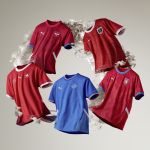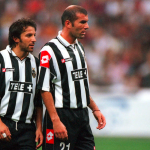
When pay TV sponsors teams
A key part of the huge football industry
February 3rd, 2023
Pay-TV is now a key part of the huge football industry, with the TV rights of the various leagues taking almost the main slice of the clubs' seasonal revenues. Free to air on the national networks it is now possible to see very few live matches: in Italy only the national team on Rai, the Coppa Italia and one Champions League match per week on Mediaset. But before the pay-TV sector became indispensable for the football world, when the first streaming services sprang up in the late 1990s and early 2000s, they needed to make themselves known to the general public and thus ended up as main sponsors of several football teams. This custom waned over the course of the seasons, with Sky and then DAZN becoming leading companies in the sector.
Juventus and the double TV sponsor
Juventus has been the Italian team with the longest association with pay TV. In the 1998-1999 season, in fact, the Juventus jersey designed by Kappa even had two TV sponsors, thanks to a law of the Lega Calcio that allowed clubs to differentiate their advertising according to the event. The Old Lady then used the D+ brand for Serie A and the Coppa Italia and that of Tele+ for the Champions League. The platform was the first satellite television aimed at the Italian market and Juventus immediately understood its potential. Iconic of that season was the total white away uniform with two black stars on the shoulders, also worn by Thierry Henry, which paid homage to the outfit used by the Piedmontese club in the 1950s and 1960s.
In the 2004-2005 season, a pay TV returned to the bianconeri's chest. It was Sky Sport, at the time new in the sector but already experiencing great growth. In that year, the technical sponsor Nike designed an innovative second jersey for Juve, thanks to a template that almost resembled a bar code and the colours were pink and blue.
AS Roma and Sky Sport
As Sky became increasingly popular in Italy, Roma also sported the Sky Sport HD sponsor in a match against Juventus in 2014. The deal was meant to celebrate the Giallorossi's return to the Champions League, a competition that was broadcast almost exclusively by Sky Sport that season. The particularity of that shirt concerned the absence of a logo referring to the technical sponsor. The Capitoline team, in fact, had broken with Kappa and was awaiting the arrival of Nike for the following year. On that occasion, the jersey was self-produced for the club by a company linked to Asics.
Lazio and Stream
In the 1999-2000 season, the one that led to Lazio's historic second Scudetto, the Biancocelesti also relied on a pay TV as sponsor exclusively for the Coppa Italia matches. It was Stream TV, the direct competitor of Tele+, and it was precisely in that year that PUMA brought a great novelty to the capital's club. The home shirt, in fact, was the classic sky-blue, but an unprecedented horizontal black band was applied to the chest, interrupted in the centre by the German company's own logo.
Como and Mola TV
Coming to the present day, it is Como that from the 2021-2022 season has Mola TV as its main sponsor; the streaming broadcaster that arrived in Italy a few years ago and that mainly broadcasts the Dutch Eredivisie and the Greek league as far as football events are concerned. The relationship between the Lombard club and the TV company also led to the filming of the documentary 'Como, the real story'. Very original is this season's home kit by Erreà, designed by Indonesian stylist Didit Hediprasetyo and paying homage to Lake Como.
Rakuten and Barcellona
From 2017 to 2022, Barcelona was also linked to a paid streaming service. This was Rakuten TV, although in this case the broadcaster was not purely sporting but aired films and series before the arrival of the Rakuten Sport extension. The deal was largely profitable for the blaugrana, with the company pouring as much as 55 million per season into the club's coffers. With the streaming service on the chest, the home shirt for the 2019-2020 season was very special, with Nike designing a chequered shirt for Barça in the classic azulgar colours.












